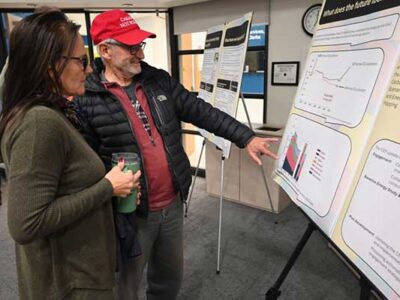The United States Department of Energy (DOE), the federal department responsible for the country’s energy policy and safety in handling nuclear material, has made a significant announcement: seven states, three tribal nations, and the District of Columbia have been selected as the recipients for the second round of Grid Resilience State and Tribal Formula Grants.
This initiative, bolstered by more than $77 million in funding, represents a major step forward in the continuous efforts to improve and modernize the country’s electrical infrastructure.
These grants are underpinned by the Bipartisan Infrastructure Law, a landmark legislation that was enacted with the intention of addressing multiple infrastructural needs throughout the nation. The Law symbolizes a commitment to renewing and revitalizing America’s aging infrastructure, including its electrical grid, which is a critical yet often overlooked aspect of the country’s functioning.
The objective of these grants is not just to modernize the electric grid, but to do so in a way that minimizes the impacts of extreme weather events and natural disasters.
In recent years, the vulnerability of the grid to such events has been increasingly exposed, with power outages caused by hurricanes, wildfires, and other severe weather incidents causing widespread disruption and economic damage. By fortifying the grid and implementing more resilient systems, the DOE aims to ensure the power sector’s reliability even in the face of such challenges.
The Grid Resilience State and Tribal Formula Grants program represents a significant long-term investment, with the intention of distributing a total of $2.3 billion to states, territories, and federally recognized tribes over the next five years.
These recipients include Alaska Native Regional Corporations and Alaska Native Village Corporations, underlining the program’s commitment to inclusivity and ensuring that all communities, including those who have historically been under-served, can benefit from the modernized, resilient infrastructure.
In essence, this initiative is a forward-looking move designed to ensure that the U.S. is prepared to meet the demands and challenges of the future. By investing in grid resilience now, the country can enhance its capability to withstand extreme weather events, reduce the impact of natural disasters, and ensure the continuous provision of power to all its citizens.














Comments